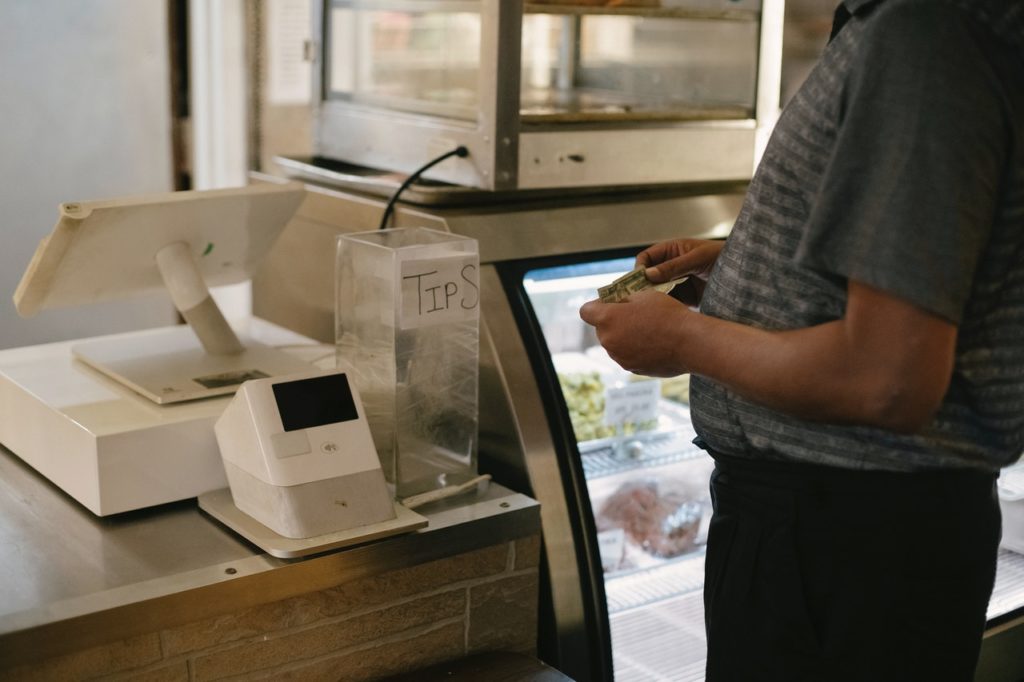How Different Age Groups Prefer to Pay for Goods and Services
The payments landscape has evolved tremendously over the last few decades. Today’s shoppers have more payment choices available than ever before. In recent years, technological advancements have led to innovative solutions like peer-to-peer payments and mobile wallets.
Nevertheless, most buyers still use debit or credit cards when making purchases.
Businesses and marketers are particularly interested in understanding how different age groups prefer to pay for goods and services and what influences their decision to choose one payment method over another. This is important to know when looking to attract more customers and provide them with payment choices they prefer.
Each age group has its payment method preferences. Let’s take a closer look at how different generations prefer to pay for goods and services.
Senior citizens
Senior citizens (those aged 66 and older) use various payment methods, but in general, this generation tends to stick to credit cards and paper-based checks. When compared to other demographics, seniors use checks more than any other age group.
This isn’t a surprise as they’ve been writing checks their entire lives, so this payment method is very familiar to retirees. And humans tend to stick to what they know and what feels familiar.
Take postal mail, for example. Staggering 68% of Americans aged 65 and over prefer postal mail compared to only 30% of those aged 18 to 34.
Regarding plastic cards, 38% of seniors prefer using credit cards, while 32% favor debit cards. American Express is the front runner among this age group.
As we age, we are reluctant to embrace new solutions, so unsurprisingly, seniors are the least likely to adopt online banking, peer-to-peer payment apps, and crypto-currencies.
Middle-aged adults
The so-called generation X is a massive fan of plastic cards. They use this payment method more than any other age group. Although the allure of credit cards isn’t difficult to understand, those born between 1965 to 1980 reached adulthood during the credit card boom.
Generally speaking, they are characterized by higher incomes and longer credit histories.
Middle-aged adults have more expensive buying habits too, and they are the biggest spenders across all age groups. Plastic enables them to maintain these habits and pay over time.
These are not anxious about new technology, and they are comfortable with embracing innovative payment solutions.
Nearly half of Gen X shoppers are already taking advantage of peer-to-peer payment apps, with PayPal dominating this field.
Millennials
People born between 1981 and 1997, also known as generation Y, are the most considerable age demographic in the U.S. They have the most diverse payment preferences. They are old enough to be familiar with credit cards and checks but young enough to be open to digital technologies.
They grew up with technology, so they readily adopt online shopping and mobile payments. Unsurprisingly, they are also the generation most likely to use crypto-currencies.
More than any other generation, millennial buyers rely on cash, but they are avid online shoppers as well, with 54% of all their purchases being made online.
Rewards programs are important to this age group. According to Bond Brand Loyalty data, getting more rewards would encourage 68% of millennials to change where they shop. Convenience is another important factor for them, and businesses looking to attract millennial customers are trying to leverage it.
Humm90 interest free credit card Australia is a fine example of how to appeal to Gen Y preferences. From applying for a card online in 15 minutes to providing its holders with a weekly 10% cashback on specific brands, this card speaks directly to millennial shoppers.
Another important fact about this age group is that they use prepaid cards in huge percentages. This is because many Gen Y members don’t qualify for more traditional forms of plastic due to a lack of well-established credit history or stable employment.
In addition to this, it’s harder to over-spend with prepaid cards, so they help millennials stay within their budgets.
The youngest group of shoppers
People born from 1998 to 2010 are currently transitioning from school to the workforce. Their payment options are highly dependent on their financial means. Those who are unbanked or supported by their parents rely on cash and alternative financial services.
On the other hand, banked young consumers are fonder of digital solutions like mobile banking.
Gen Z members grew up in the digital age, so the world with digital devices and high-speed internet is all they know. Therefore, it’s no surprise these technologically savvy digital natives favor electronic payment methods, including mobile wallets, e-commerce, and P2P payments.
They are very conscious about security, so businesses looking to attract more Gen Z individuals need to assure them they keep customer payments secure every time.
Final thoughts
If you own or manage a business, it is essential to understand what your customers expect regarding their shopping experience. Generational preferences can help you cater to your customers’ needs more efficiently, whether you run a skincare brand that targets millennials or a grocery store that appeals to all demographics.
Retailers and other businesses should provide their customers with as many payment methods as possible. Knowing the most common payment choices different age groups gravitate towards is invaluable in determining which forms of payments are most important to offer.
Get to know your target market well, and keep an eye on future trends within the payment processing landscape to stay ahead of the curve!












